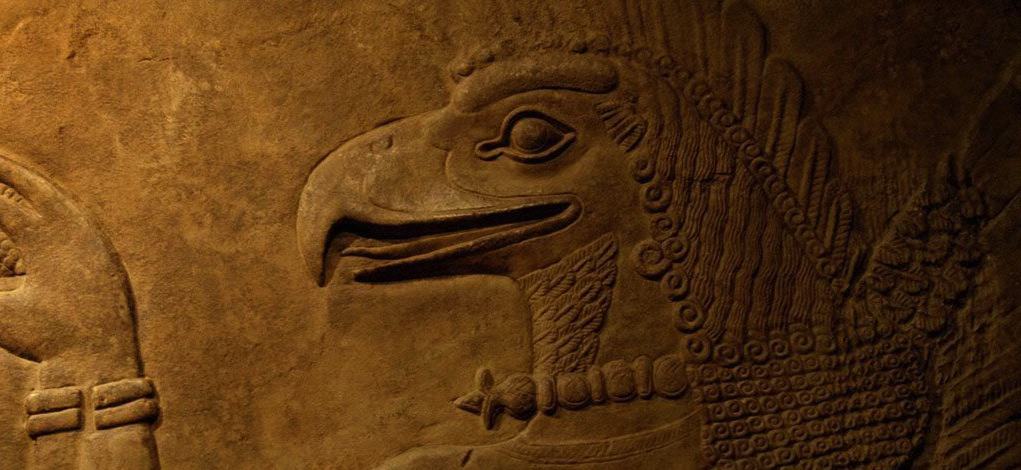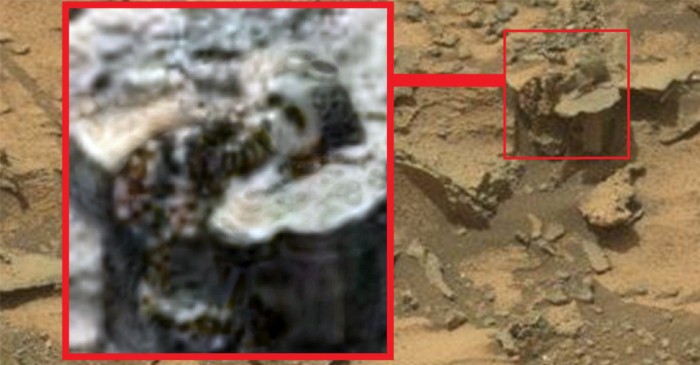In standard cosmological models, the formation of cosmological structures begins with the emergence of small structures, which subsequently undergo hierarchical merging, leading to the formation of larger systems. As the universe ages, massive galaxy groups and clusters, being the largest systems, tend to increase in mass and reach a more dynamically relaxed state. …read more […]
|
|
||
|
Super-resolution (SR) fluorescence microscopy, through the use of fluorescent probes and specific excitation and emission procedures, surpasses the diffraction limit of resolution (200~300 nm) that was once a barrier. …read more […] An international team of researchers from Leibniz University Hannover (Germany) and the University of Strathclyde in Glasgow (United Kingdom) has disproved a previously held assumption about the impact of multiphoton components in interference effects of thermal fields (e.g., sunlight) and parametric single photons (generated in non-linear crystals). The journal Physical Review Letters has published the team’s research. …read more […] High-power, high-energy ultrafast fiber lasers are indispensable tools in various fields, from basic and applied science research to industrial processing. However, due to thermal effects, nonlinear effects, there is always a limit to the power/energy expansion of a single fiber laser amplifier. …read more […] Using various ground-based telescopes, astronomers have performed photometric and spectroscopic observations of a nearby Type Ia supernova known as SN 2020nlb. Results of the observations campaign, presented January 16 on the pre-print server arXiv, deliver important insights regarding the evolution of this stellar explosion. …read more […] 
Many current day “seers” and “self-proclaimed emissaries of Alien Beings” preach about the coming events, which will include major Earth changes. I’m sure that even without a degree in rocket science, any of us can understand just how the arrival of a planetary sized object would impact the forces being applied against this planet, would have a major impact. Of late, we’re seeing our weather patterns change; major earthquakes reaching 9.0; storm of the century – every other week (or so it would seem) and let’s not forget the sudden increase in activity of volcanoes. The question of Alien existence is …read more […] 
Another extremely mysterious discovery has apparently just been made on the surface of the red planet. According to UFO hunters, what appears to be a head of a mysterious statue has been seen in one of the images captured by the Curiosity rover currently exploring the red planet. Previously, NASA’s Curiosity rover and its companion on Mars, Opportunity have taken a number of really strange images on Mars. From seeing Domes on Mars to a statue and what appear to be entire structures buried under the surface of the red planet, we have seen countless mysterious images from our neighboring planet …read more […] The U.S. Postal Service has issued two new Priority Mail stamps celebrating NASA’s James Webb Space Telescope, the largest, most powerful, and most complex telescope ever put in space. The stamps, issued Jan. 22, feature images of the cosmos captured by Webb since it began its science mission in 2022. Webb is a mission led by NASA in partnership with ESA (European Space Agency) and CSA (Canadian Space Agency). …read more […] Scientists and engineers have been pushing for the past decade to leverage an elusive ferroelectric material called hafnium oxide, or hafnia, to usher in the next generation of computing memory. A team of researchers including the University of Rochester’s Sobhit Singh published a study in the Proceedings of the National Academy of Sciences outlining progress toward making bulk ferroelectric and antiferroelectric hafnia available for use in a variety of applications. …read more […] Global navigation satellite systems (GNSSs) provide invaluable positioning data for countless applications, from everyday navigation to scientific research. Tropospheric delays, caused by the refractive properties of the atmosphere, significantly impact the accuracy of GNSS positioning. …read more […] The Peregrine Ion Trap Mass Spectrometer (PITMS) has returned to Earth after an eventful ten days in space, burning up on re-entry over the Pacific Ocean. …read more […] The expansion of the universe at some stage of evolution is well described by the Friedmann model. It was derived from general relativity a hundred years ago, but it is still considered one of the most important and relevant cosmological models. …read more […] Lettuce and other leafy green vegetables are part of a healthy, balanced diet—even for astronauts on a mission. …read more […] New research into topological phases of matter may spur advances in innovative quantum devices. As described in a new paper published in the journal Nature Communications, a research team including Los Alamos National Laboratory scientists used a novel strain engineering approach to convert the material hafnium pentatelluride (HfTe5) to a strong topological insulator phase, increasing its bulk electrical resistance while lowering it at the surface, a key to unlocking its quantum potential. …read more […] An experiment conducted in Italy, with theory support from Newcastle University, has produced the first experimental evidence of vacuum decay. …read more […] |
||
|
Copyright © 2025 Paranormal News Network - All Rights Reserved Powered by WordPress & Atahualpa 133 queries. 0.394 seconds. |
||

